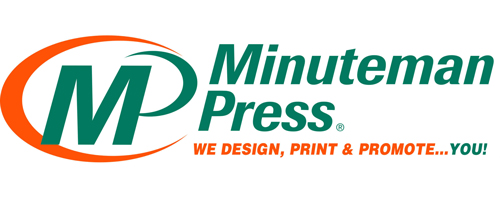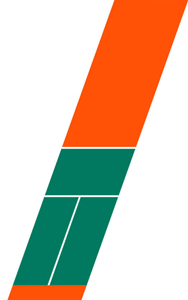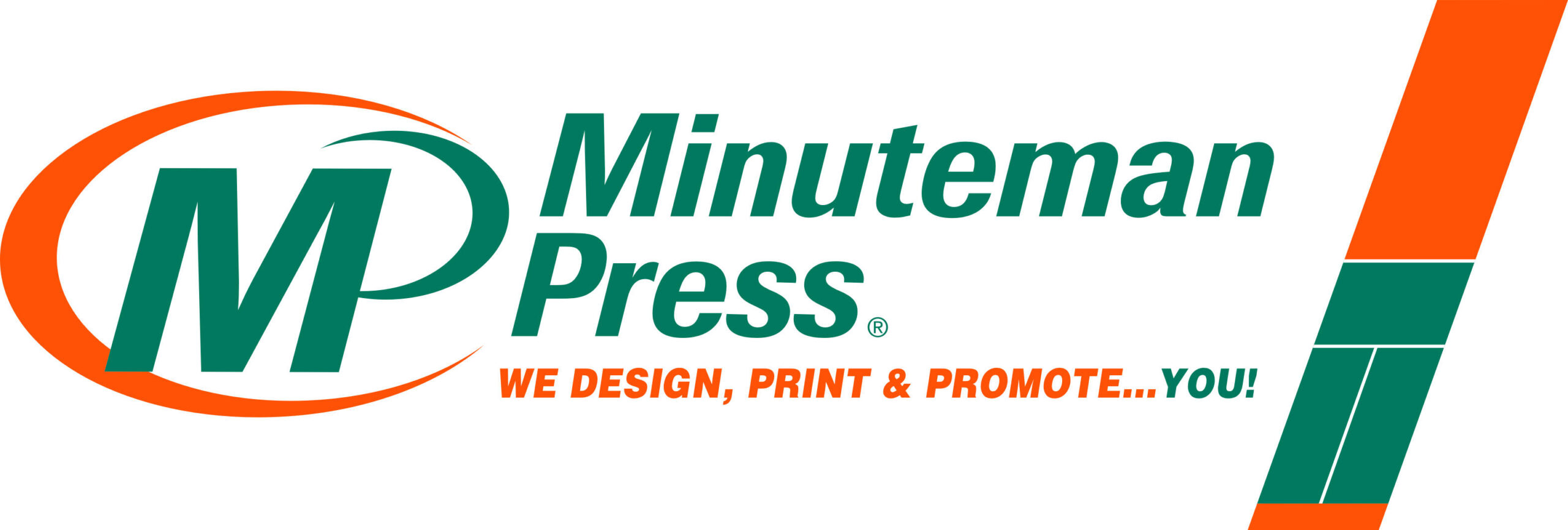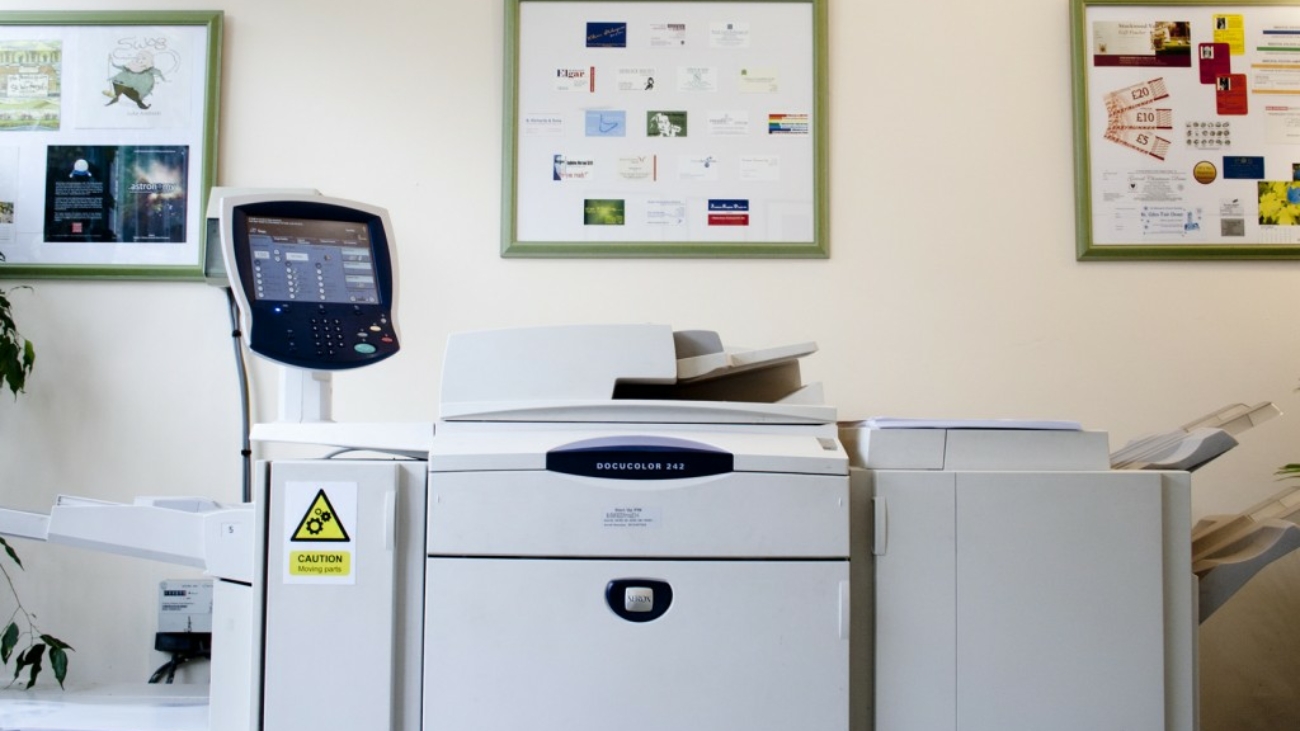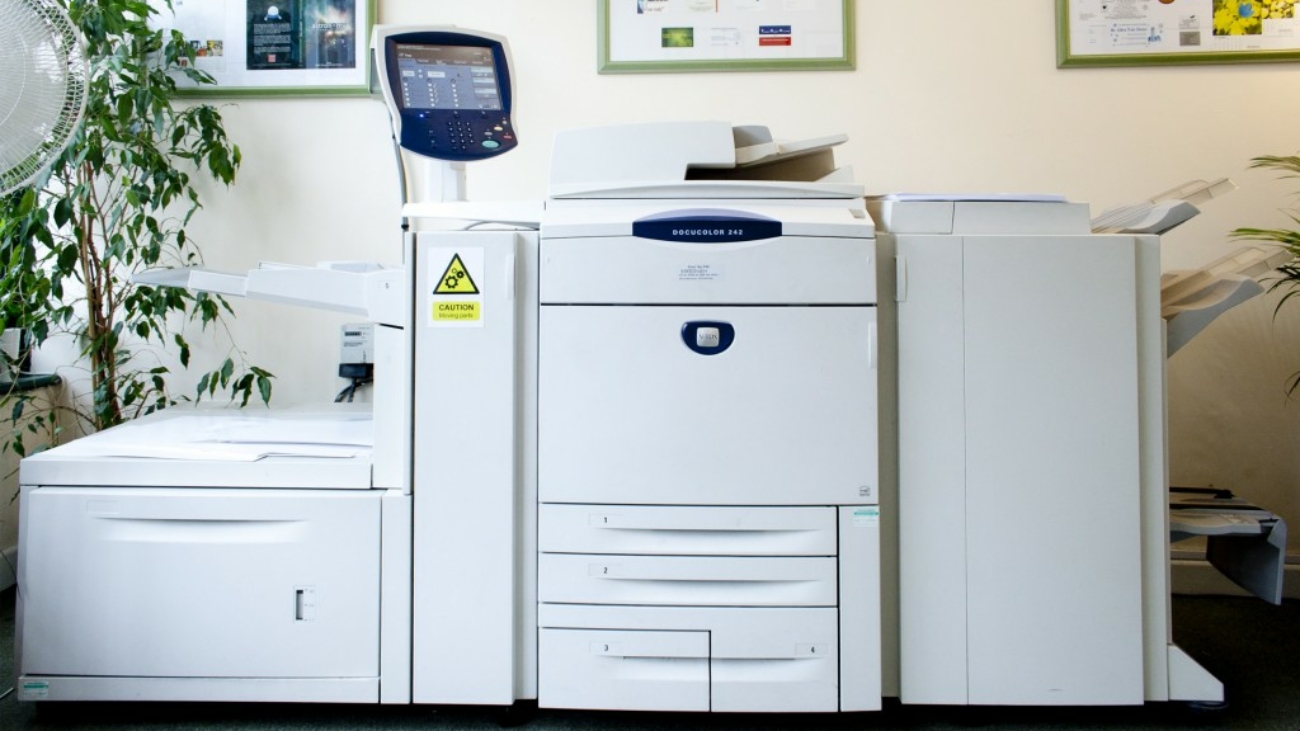Eco-friendliness has never been more important. With our population continuing to grow and sea levels rising, the world has become more eco-conscious than ever before. Meanwhile, the publishing industry has had to reevaluate itself and its practices to help save our planet. Sustainability in printing is a hot topic for many publishers trying to decrease their carbon footprint.
Sustainable development is happening across all industries, not just publishing. However, as an industry built on printing, it’s important to be mindful of the impact that irresponsible use of resources can have. A printing press can use huge amounts of natural resources each year, hence many presses like Minuteman Press have had to transform their business models to fit into our new sustainable world.
The Environmental Impact of Printing
Since a young age, we’ve known that paper comes from trees and while it might seem that trees are everywhere when you’re a child, they are actually pretty scarce. The UK publishes more books than any other country by capita in the world. We are a nation of book lovers, yet our solace is detrimental to our ecosystem. Paper manufacturing is the third-largest contributor to our atmosphere’s fossil fuel levels.
Moreover, the sustainability problems within publishing go deeper. Each year hundreds of prints are discarded into the landfill. If you buy a book, ensure that you’re making the most out of it. Read it, pass it onto friends and share it with your family.
Recycled Paper
We all make sure to recycle our paper and cardboard right? While some have really gotten the hang of recycling, many still haven’t. As a publisher, we can decrease the amount of land-fill we create by recycling our scrap paper. After all, we each use on average 4.5 trees worth of paper a year. At Minuteman Press, we love books, the nostalgia of holding the pages of a gripping novel is amazing. Yet, if we can print in a more eco-friendly manner it would benefit all of us.
Efficient Printing
When you plan a marketing campaign with print materials, don’t order thousands of copies if you are only logically going to use 200. Many companies will overestimate how many leaflets, flyers or booklets they will need for a certain campaign. In most cases, after the marketing campaign is through, the leftovers are wasted.
At Minuteman Press, we can guide you through the print marketing process, helping you create designs and estimates for your campaign. To be eco-friendly is to consider the environment in everything you do, regardless of if it’s for business or personal reasons.
Digital Printing
Digital printing is a much more sustainable alternative to traditional printing methods. Digital printers don’t require a printing plate meaning the job can be finished in a much shorter time. They also produce much less CO2 emissions in comparison to traditional printing. Furthermore, many digital printers use polymer-based inks, which do not contain any hazardous air pollutants. Not only does this make digital printing a sustainable option, but it is also a lot more cost-effective.
Sustainable Printing
Like many businesses, Minuteman Press is always trying new methods to decrease our carbon footprint and achieve sustainability in printing. If your business wants to align its sustainability efforts with its print marketing then digital printing is a brilliant option. SMEs love to use digital printing methods for their marketing because it offers a cost-effective solution to the eco-unfriendliness of printing.
If you’re curious about digital printing, get in touch with us. We can offer you advice and guidance on how to proceed with printing your products, from magazines to leaflets to business cards. We offer high-quality digital printing for your business.
